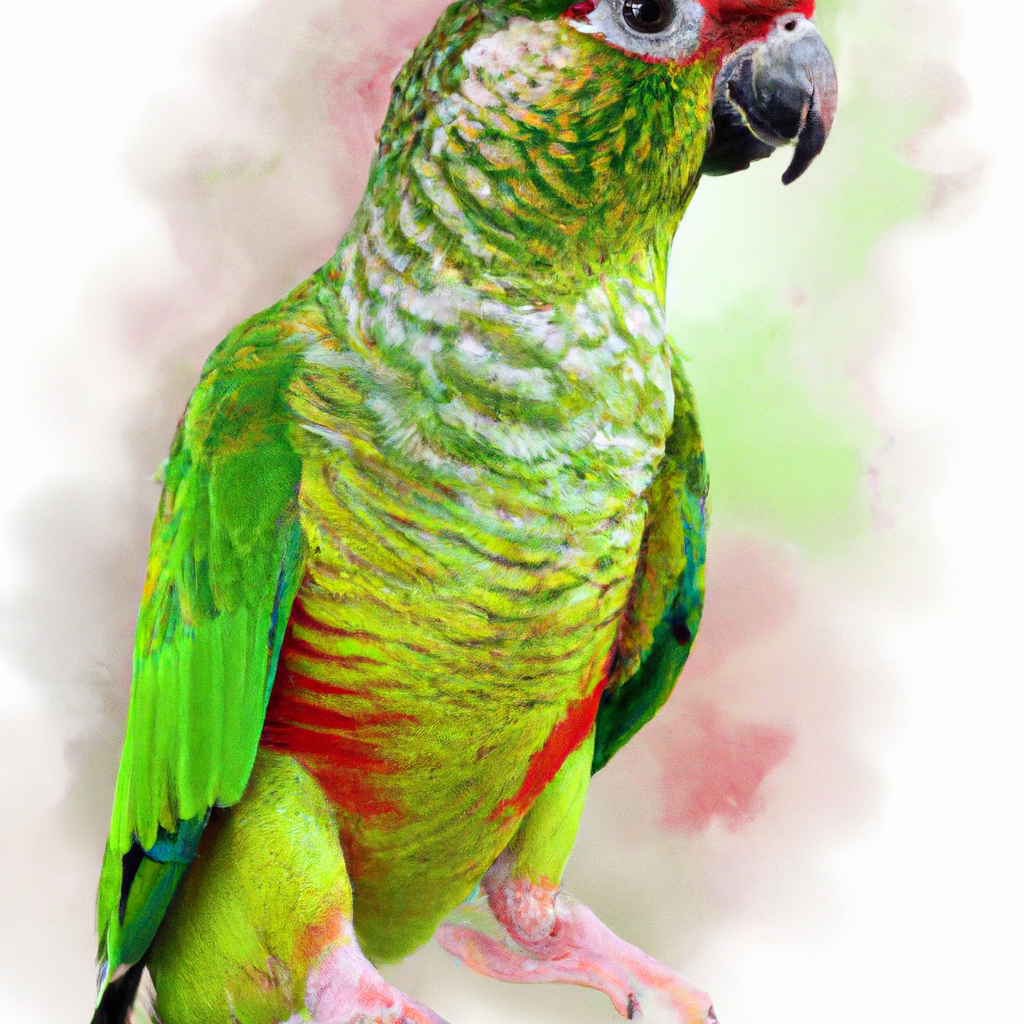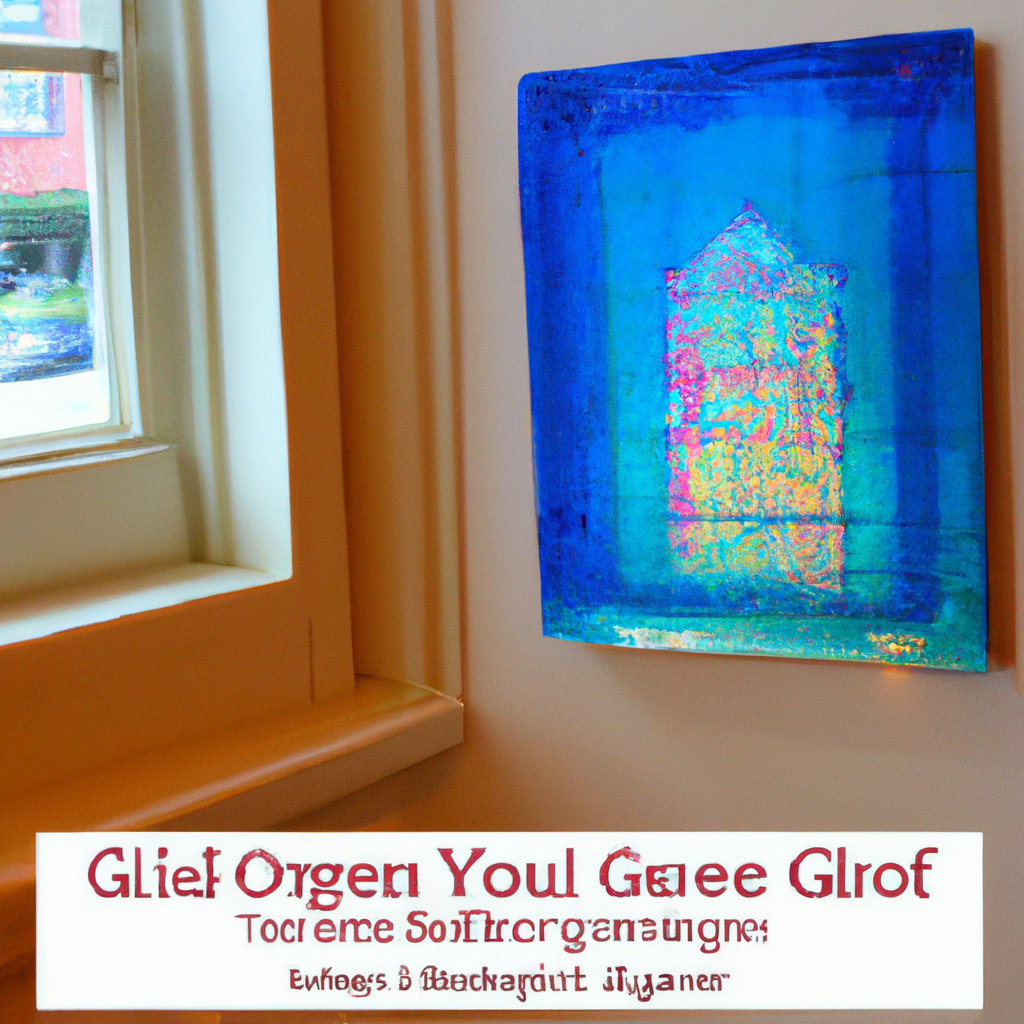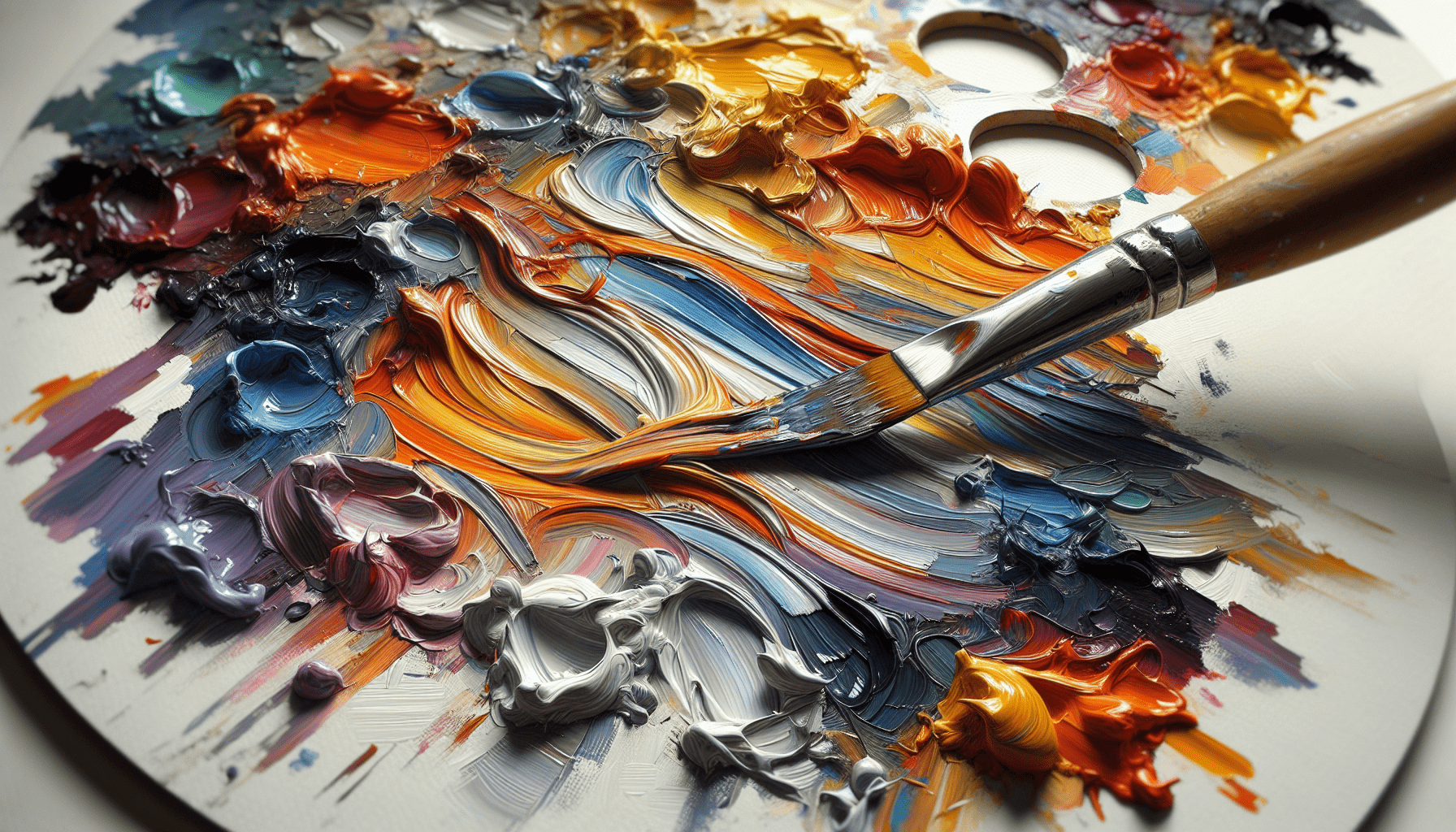Conure owners often wonder whether it is safe to use gouache paint around their beloved feathered companions. Gouache paint, known for its vibrant colors and matte finish, is a popular choice for artists. However, when it comes to the well-being of conures, caution must be exercised. This article explores the potential risks associated with using gouache paint in the vicinity of conures, shedding light on the importance of prioritizing their safety and providing alternative options for artistic expression.
What is Gouache Paint?
Definition of Gouache Paint
Gouache paint is a type of water-based paint that is known for its opaque and vibrant colors. It is often used by artists who want to achieve a smooth and matte finish in their artwork. Gouache paint is made using a combination of pigments, binders, and additives. Unlike other types of paint, gouache dries quickly and can be reactivated with water even after it has dried.
Composition of Gouache Paint
Gouache paint is typically composed of a pigment, a binder, and additives. The pigment gives the paint its color and can be made from various natural or synthetic materials. The binder is the substance that holds the pigment particles together and allows the paint to adhere to surfaces. It is usually a type of gum or resin. Additives are included to enhance the performance of the paint, such as improving the flow or increasing the opacity.
Common Uses of Gouache Paint
Gouache paint is commonly used in both traditional and digital art. It is a popular choice among illustrators, graphic designers, and fine artists due to its versatility and ability to create bold, flat, and opaque colors. Gouache is often used for creating illustrations, posters, and book covers. It can be applied to a variety of surfaces, including paper, cardboard, and illustration boards.
Understanding Conures
Introduction to Conures
Conures are a type of small to medium-sized parrots that are known for their vibrant colorations and playful personalities. They are native to the Americas and are highly popular as companion pets due to their intelligence and sociability. Conures belong to the family Psittacidae, which also includes other parrot species such as macaws, cockatoos, and lovebirds.
Key Characteristics of Conures
Conures have several key characteristics that make them easily recognizable. They typically have a stocky build with a stout beak and a long, graceful tail. Their feathers exhibit a variety of vibrant colors, including shades of green, yellow, red, and blue. Conures also have a high-pitched voice and are known for their ability to mimic sounds and voices.
Natural Behavior of Conures
In their natural habitat, conures are highly social birds that live in flocks. They are known for their playful and curious nature, often engaging in acrobatic behaviors and vocalizing loudly. Conures are active birds that require mental and physical stimulation to thrive. They enjoy climbing, chewing, and exploring their surroundings. Conures form strong bonds with their owners and require regular social interaction and mental enrichment.

This image is property of images.unsplash.com.
Potential Risks of Gouache Paint for Conures
Ingestion of Gouache Paint
One potential risk of gouache paint for conures is the ingestion of the paint itself. Conures may be attracted to the vibrant colors and texture of the paint and may attempt to consume it. Ingesting large amounts of gouache paint can lead to digestive disturbances and potential toxicity.
Toxicity of Gouache Paint Ingredients
Gouache paint contains various ingredients, some of which may be toxic to conures if ingested. The pigments used in gouache paint can contain heavy metals, such as lead or cadmium, which can be harmful when consumed. The binders and additives can also contain chemicals that may be toxic to birds.
Allergic Reactions in Conures
Conures can potentially develop allergic reactions to gouache paint. Some conures may be more sensitive to certain pigments or additives and may experience symptoms such as skin irritation, respiratory issues, or eye irritation when exposed to the paint. It is important to monitor conures closely for any signs of discomfort or allergic reactions when using gouache paint in their vicinity.
Symptoms of Gouache Paint Toxicity in Conures
Digestive Disturbances
If a conure ingests gouache paint, it may experience digestive disturbances such as vomiting, diarrhea, or loss of appetite. The toxic ingredients in the paint can irritate the digestive system and cause discomfort for the bird. It is important to seek veterinary assistance if a conure shows signs of digestive issues after potential paint ingestion.
Respiratory Issues
Gouache paint contains volatile compounds that can be released into the air when the paint is applied or dried. Conures have sensitive respiratory systems, and exposure to these compounds can lead to respiratory issues such as difficulty breathing, coughing, or wheezing. If a conure displays any respiratory symptoms after being exposed to gouache paint, it is crucial to seek prompt veterinary care.
Neurological Symptoms
In some cases, the toxic ingredients in gouache paint can affect the neurological health of conures. Symptoms can include tremors, seizures, or abnormal behavior. If a conure exhibits any of these signs after potential paint exposure, immediate veterinary treatment should be sought.

This image is property of images.unsplash.com.
Preventing Gouache Paint Exposure in Conures
Safe Painting Practices
To prevent gouache paint exposure in conures, it is important to practice safe painting techniques. This includes working in a well-ventilated area, wearing protective gloves, and properly sealing paint containers when not in use. It is also advisable to keep conures in a separate and well-ventilated room during painting sessions to minimize their exposure to paint fumes and particles.
Alternative Safe Paint Options
There are alternative paint options available that are safer for conures. Watercolor paints, for example, are generally considered safe for birds as they are non-toxic and do not contain heavy metals. Acrylic paints can also be a safer alternative, as long as they are labeled as non-toxic.
Creating a Conure-Friendly Environment
To minimize the risks associated with gouache paint, it is important to create a conure-friendly environment. This includes keeping paint supplies out of reach from conures, securely storing them in a closed cabinet or drawer. Regularly cleaning and dusting the painting area will also help reduce any potential bird exposure to paint particles or residue.
Treatment for Gouache Paint Poisoning
Immediate Actions
If a conure is suspected of gouache paint poisoning, immediate actions should be taken to minimize further harm. Remove the conure from the paint exposure and provide fresh air in a well-ventilated area. If there is any visible paint residue on the bird’s feathers or beak, gently wipe it off with a damp cloth. Offer the conure fresh water to drink and monitor its behavior closely for any signs of distress.
Contacting a Veterinarian
In cases of gouache paint poisoning, it is essential to contact a veterinarian experienced in avian care as soon as possible. They will be able to assess the conure’s condition and provide guidance on the necessary steps for treatment. It is important to inform the veterinarian about the specific paint ingredients that the conure was exposed to, as this information can help guide the treatment plan.
Medical Interventions
The veterinarian may recommend various medical interventions depending on the severity of the conure’s condition. This can include fluid therapy to prevent dehydration, medication to alleviate symptoms, or even supportive care such as oxygen therapy. The conure will be closely monitored throughout the treatment process to ensure their well-being and recovery.

This image is property of images.unsplash.com.
Conures and Artistic Environments
Separating Conures from Art Supplies
To ensure the safety of conures in artistic environments, it is important to keep them separate from art supplies. Designate a specific area or room where conures are not allowed access to art materials. This will help prevent accidental ingestion or contact with potentially harmful substances.
Supervision and Enclosure
When working with art supplies in the presence of conures, it is crucial to supervise them closely. Utilize enclosures or playpens to restrict the bird’s movement and prevent them from coming into direct contact with art materials. This will help ensure their safety and minimize the risk of exposure to potentially harmful substances.
Evaluating Conure’s Reactions to Art Materials
Each conure may have different sensitivities or reactions to art materials. It is important for conure owners to closely observe their bird’s behavior when exposed to various art supplies. If a conure shows signs of discomfort, distress, or allergic reactions, it is best to discontinue using those materials and consult a veterinarian if needed.
Educating Conure Owners
Awareness about Gouache Paint Dangers
Educating conure owners about the dangers of gouache paint is crucial in preventing potential harm to these birds. Providing information about the potential risks, toxicity, and allergic reactions associated with the paint can help owners make informed decisions and take appropriate precautions.
Conure-Specific Educational Resources
There are various educational resources available specifically designed for conure owners. These resources provide valuable information about conure care, including potential hazards in their environment. Sharing these resources with conure owners can help increase their knowledge and awareness of the risks associated with art supplies like gouache paint.
Promoting Safe Practices
Promoting safe practices among conure owners is essential. This can include providing guidelines on safe painting practices, recommending non-toxic alternatives, and sharing tips on creating a conure-friendly environment. By emphasizing the importance of the conure’s health and safety, owners can be encouraged to prioritize the well-being of their birds.

Alternatives to Gouache Paint
Non-Toxic Paint Options
There are several non-toxic paint options available that can be safely used around conures. Watercolor paints, as mentioned earlier, are generally considered safe for birds. Natural pigment-based paints, such as those made from fruit or vegetable extracts, can also be a non-toxic alternative.
Conure-Safe Art Supplies
When selecting art supplies for use around conures, it is important to choose products that are labeled as non-toxic, safe for birds, or specifically designed for avian use. These products typically do not contain harmful ingredients and have undergone testing to ensure their safety.
DIY Conure-Friendly Paint Recipes
For conure owners who prefer a do-it-yourself approach, there are recipes available to create safe and non-toxic paints at home. These recipes often utilize natural ingredients such as flour, food coloring, and water. However, it is still essential to closely monitor conures’ reactions to these homemade paints and seek veterinary advice if any adverse effects occur.
Conclusion
Balancing conure ownership and artistic pursuits requires careful consideration of the potential risks associated with art supplies like gouache paint. While gouache paint can pose dangers to conures if ingested or if the toxic fumes are inhaled, there are precautions and alternatives that can help mitigate these risks. By prioritizing the health and safety of conures, owners can continue to enjoy their passion for art while providing a safe environment for their feathered companions. Taking necessary precautions and educating oneself about safe practices will help ensure a harmonious coexistence between conures and artistic endeavors.




